The global forex trading market has undergone a significant transformation in recent years, driven by digital adoption, mobile trading platforms, and rising financial literacy across developing economies. While the overall market is projected to reach $1.4 trillion by 2030, the real story lies in the regional hotspots fuelling this growth. For forex marketers, understanding where to focus efforts geographically can mean the difference between rapid user acquisition and wasted spend.
This article explores five of the most lucrative and active regions forex brokers are targeting today: the United Arab Emirates, South Africa, Latin America, Asia-Pacific, and Europe. We provide a region-by-region breakdown that includes local trading statistics, asset preferences, platform usage, and device trends. You’ll also find proven marketing tactics, ineffective approaches to avoid, compliance tips, real-world case studies, and forecasts on how regional trends are expected to evolve.
Regional Forex Market Growth Trends (2023–2025)
Here’s a comparative overview of forex market growth across key regions:
| Region | Market Size (2023) | Projected Market Size (2030) | CAGR (2023–2030) | Source |
| Global | $791.2 Billion | $1.4 Trillion | 8.7% | GlobeNewswire |
| United States | $1.17 Trillion/day | N/A | 14.1% (YoY) | BestBrokers |
| Asia-Pacific | $2.17 Billion | N/A | N/A | Grand View Research |
| Europe | $792.43 Billion | $838.54 Billion | 5.8% | The Business Research Company |
Middle East & North Africa (MENA): UAE Leads the Surge
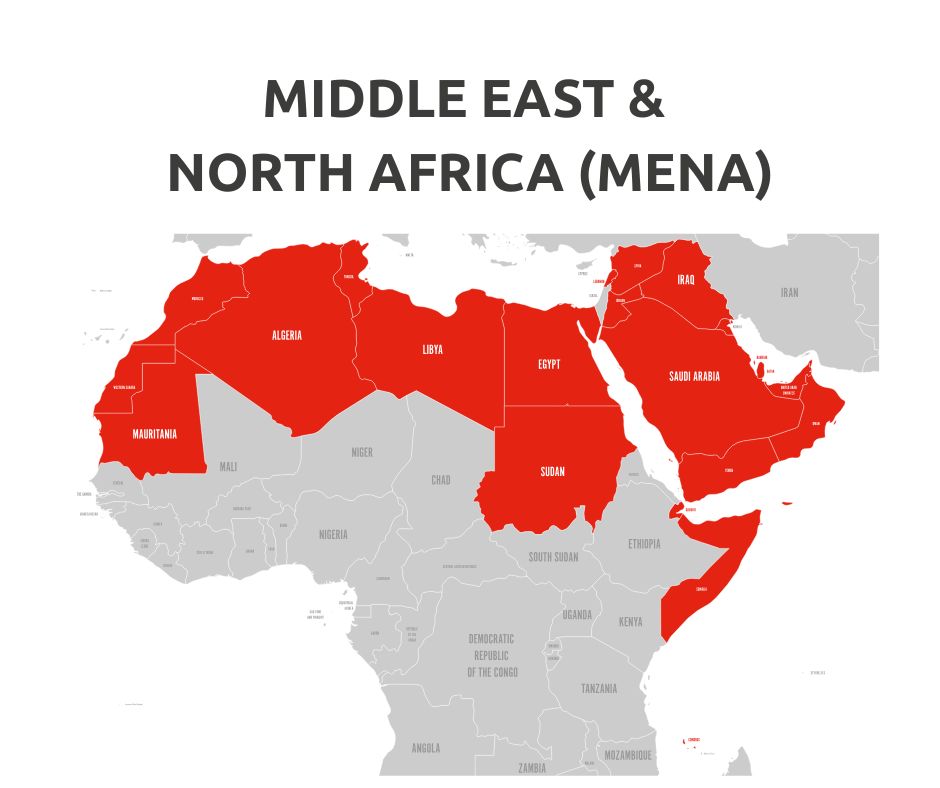
The United Arab Emirates (UAE) is not new to forex but it is having a surge currently and is emerging as a significant hub for trading.
- Trader Population: The UAE’s leveraged trader population reached a record 49,000 in 2023, marking a 9% year-over-year growth, making it the only market among surveyed regions to show positive growth in leveraged trading.
- Trading Volume: UAE traders accounted for $468.9 billion in trading volume on Capital.com in 2024, representing over 25% of the platform’s global activity.
- Preferred Assets: Traders in the UAE are diversifying across 23 markets, including Dogecoin, US Crude Oil Spot, and Gold.
- Platforms & Devices: Web-based platforms dominate, but mobile trading is on the rise, with over 70% of retail forex traders globally using mobile devices.
Marketing to UAE – What to Do
Like all regions, the UAE has specific cultural considerations. Also keep in mind who you are targeting in the area. Is it local Arabs? Expat communities from the UK or India? Here are some general pointers to keep in mind:
- English-language educational content: 86% of UAE traders prefer English for educational materials.
- Online search and social media: 53% of traders rely on online searches, and 37% use social media for information.
- Word-of-mouth referrals: Remain a powerful driver for account openings.
What Not to Do
Sometimes its not about what you do, but what you don’t do.
- Neglecting language preferences: While most traders are proficient in English, your target market in the region may prefer Arabic.
- Overlooking mobile optimisation: Failing to offer mobile-friendly platforms can alienate a significant portion of this market.
- Inappropriate communications: Holidays like Ramadan are about sharing and spiritual development, not about personal gain. So be conscious of the messages you send around these types of holidays.
Key takeaways for targeting UAE traders
- Do: Invest in high-quality English-language educational resources and ensure platforms are mobile-optimised.
- Don’t: Ignore the importance of online visibility and social media engagement.
Looking for content that converts in your targeted region? Speak to the team at Contentworks and let us know which regions and languages you are targeting.
Sub-Saharan Africa: South Africa’s Expanding Market
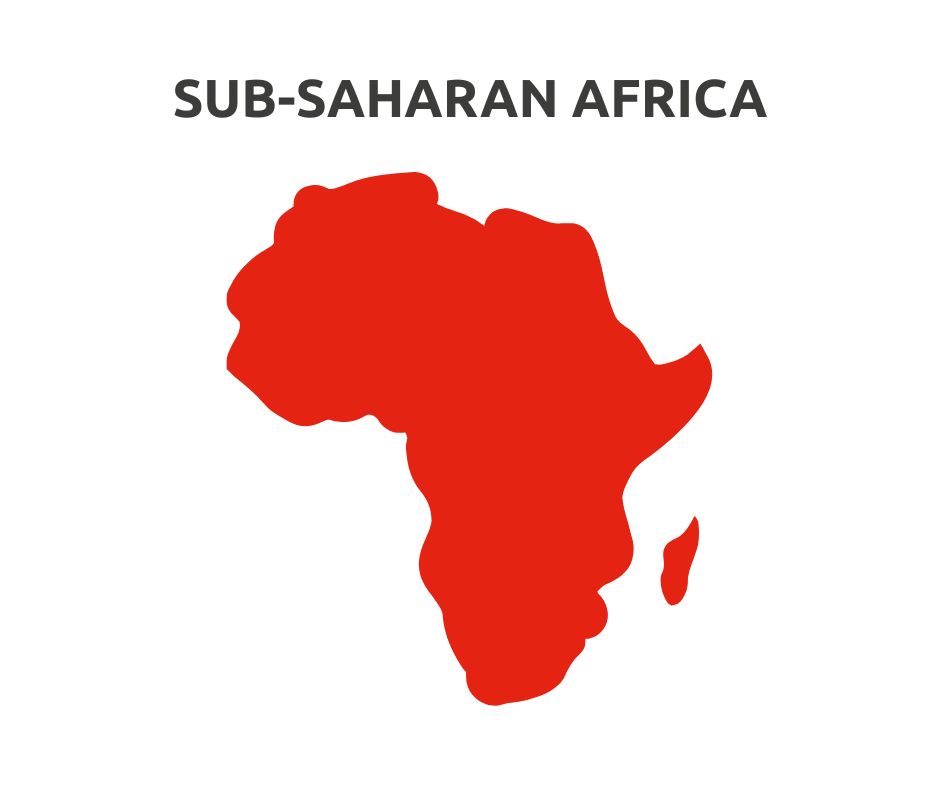
While regions like Kenya, Nigeria and Tanzania are on forex brokers’ radar, South Africa continues to be a focal point in Sub-Saharan Africa.
- Trader Population: South Africa boasts approximately 190,000 daily forex traders.
- Trading Volume: The country’s forex trading volumes, including contracts for difference (CFD) and spot trading, generated about $2.21 billion per day.
- Preferred Assets: High interest in forex pairs and growing engagement with cryptocurrencies.
- Platforms & Devices: Mobile trading is prevalent due to widespread smartphone adoption and improved internet connectivity.
- Regulator: The Financial Sector Conduct Authority (FSCA).
Marketing to South African Traders
- Localised educational content: Webinars and trading guides tailored to the South African market.
- Influencer partnerships: Collaborations with local finfluencers have proven effective.
- Social media engagement: Platforms like TikTok and Instagram are popular among young traders.
What Not To Do
- Generic marketing strategies: One-size-fits-all approaches fail to resonate with local audiences.
- Neglecting mobile optimisation: In a mobile-first market, lack of mobile-friendly platforms can hinder adoption.
- Ignoring regulatory guidelines: The FSCA is proving to be a strict regulator and marketing material needs to be compliant.
Key Takeaways for South Africa
- Do: Develop mobile-optimised platforms and collaborate with local influencers to build trust.
- Don’t: Underestimate the importance of cultural nuances and local preferences.
Read more 2025 outlook for targeting African traders in our blog here. And find out how we helped this Payment company with deep research into different African nations.
Latin America: Emerging Opportunities
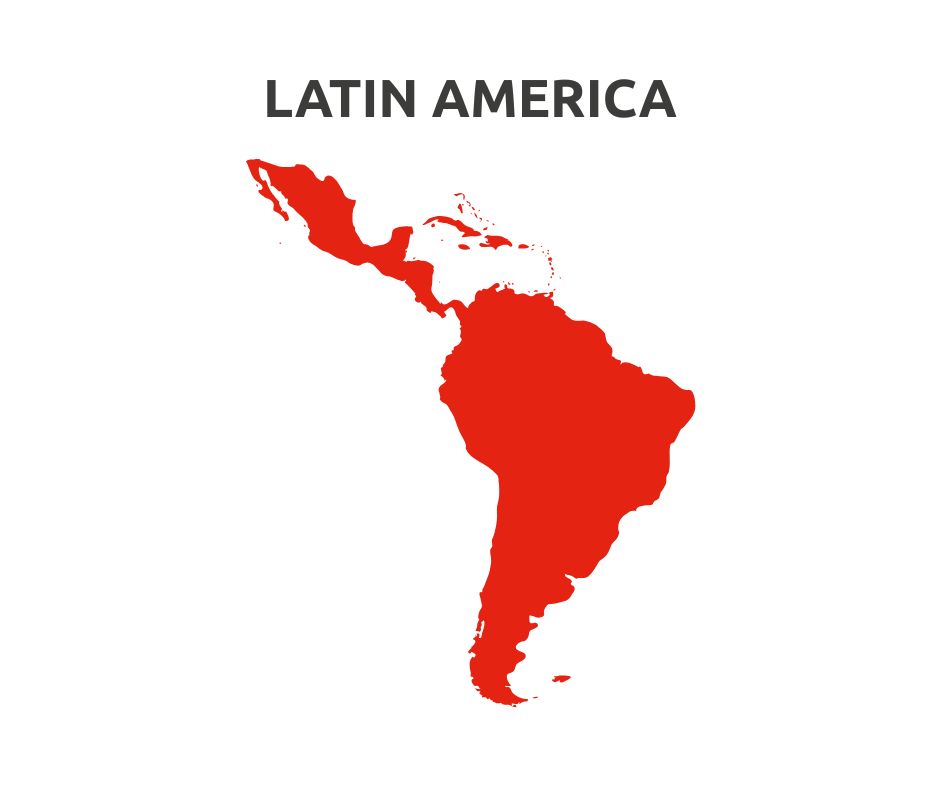
Latin America presents significant growth opportunities for forex brokers. Here are some quick stats to have in mind.
- Trader Population: Growing interest among the youth, particularly in countries like Brazil and Mexico, driven by a rising middle class and increased internet penetration.
- Preferred Assets: High demand for forex pairs, with increasing interest in cryptocurrencies.
- Platforms & Devices: Mobile trading is prevalent due to widespread smartphone adoption and improved internet connectivity.
- Culture: Spanish, Portuguese, English languages are spoken and the dominant religion is Roman Catholic.
Effective Marketing for LATAM
- Spanish and Portuguese content: Tailored educational materials and customer support.
- Local influencer collaborations: Partnering with regional influencers to build credibility.
- Social media campaigns: Utilising platforms like Facebook and Instagram to reach younger audiences.
Ineffective Approaches
- English-only platforms: Fail to engage non-English speakers.
- Ignoring local regulations: Can lead to compliance issues and loss of trust.
Key Takeaways
- Do: Localise content and engage with regional influencers.
- Don’t: Apply generic marketing strategies without cultural adaptation. Just because something works in Spain (Europe), doesn’t mean it will across the Atlantic.
Asia-Pacific (APAC): Rapid Digital Adoption
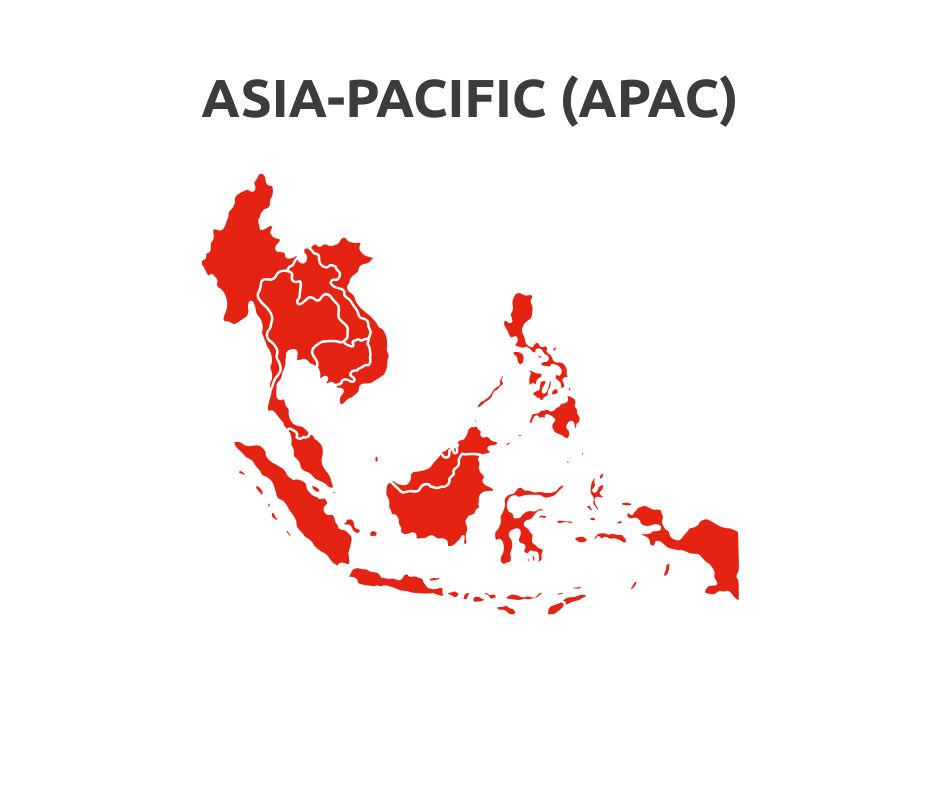
The Asia-Pacific region is experiencing rapid growth in forex trading, driven by digital adoption. While some regions are heavily regulated like Australia, many are not.
- Trader Population: Asia leads globally with 3.2 million forex traders.
- Trading Volume: The online trading platform market in Asia-Pacific generated a revenue of USD 2,168.0 million.
- Preferred Assets: High engagement with forex pairs, commodities, and cryptocurrencies.
- Platforms & Devices: Mobile trading is dominant, with a significant shift towards mobile-optimised platforms.
What Works in APAC
- Localised mobile apps: User-friendly platforms tailored to regional preferences.
- Educational webinars: Live sessions addressing specific market trends and strategies.
- Social trading features: Platforms that allow users to copy successful traders’ strategies.
What to Avoid
- Neglecting local regulations: Can lead to compliance issues and hinder market entry.
- Overlooking mobile optimisation: In a mobile-centric market, lack of mobile-friendly platforms can be detrimental.
Key Takeaways and Best Practices
- Do: Ensure compliance with local regulations and invest in mobile-optimised platforms.
- Don’t: Ignore cultural differences and language preferences.
Europe: Mature Market with High Standards
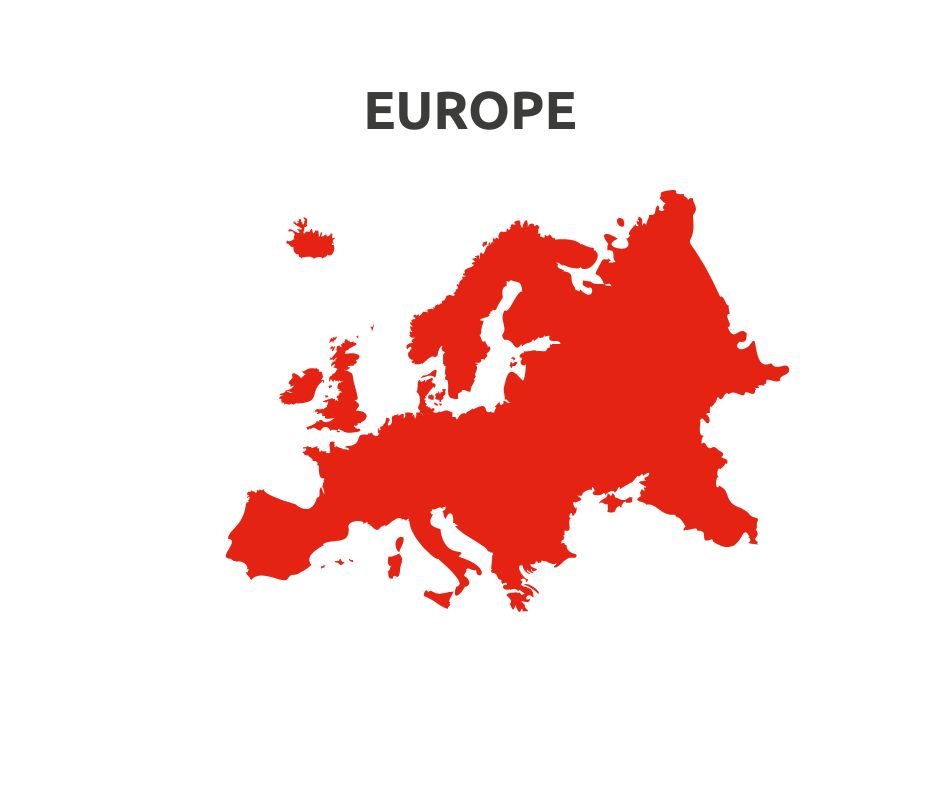
Europe remains a mature forex market even with strict regulatory frameworks.
- Trader Population: Europe has approximately 1.5 million forex traders, with the UK leading at around 405,160 traders.
- Preferred Assets: High engagement with forex pairs, indices, and commodities.
- Platforms & Devices: Web-based platforms are prevalent, but mobile trading is on the rise.
Effective Marketing Materials
- Educational content: In-depth articles and tutorials catering to both novice and experienced traders.
- SEO optimisation: Ensuring content is discoverable through search engines and answer engines.
- Transparency and compliance: Emphasising regulatory adherence in marketing messages.
Ineffective Approaches
- Overly aggressive marketing: Doesn’t align with regulatory standards and can erode trust.
- Neglecting the importance of trust and credibility: Can deter potential clients.
Key Takeaways for Europe
- Do: Focus on transparency, compliance, and educational value.
- Don’t: Engage in misleading promotions or neglect regulatory requirements.
Your Next Regional Push
Forex brokers aiming for global expansion must adopt region-specific strategies that consider local regulations, cultural nuances, and market preferences. They also need to keep up with local and global industry trends to ensure their services remain competitive.
By localising content, engaging with regional influencers, and ensuring compliance, brokers can penetrate and thrive in diverse markets. Speak the team at Contentworks about your forex marketing strategy.
